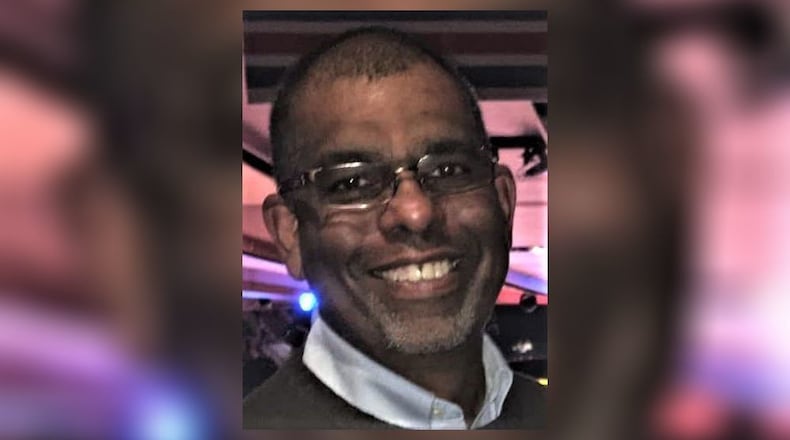One reason: It’s a non-issue. “I’ve been told by leadership that racism doesn’t exist in our communities,” Denise Hall, the co-founder of Sugarcreek Cares, said. Her group, with 170 members, focuses on DEI efforts in the Bellbrook-Sugarcreek area.
Let’s define diversity, equity, and inclusion. The University of Michigan has an excellent breakdown of what it means to them if you want to read more. In short, diversity is about appreciating and accepting differences in race, gender, sexual orientation, gender identity, and the like. Equity means a commitment to respond to bias of any kind and provide equal opportunity for all. Inclusion means welcoming differences and respecting those opinions.
Why would any reasonable person disagree with any of that?
But we have lots of unreasonable people now in positions of power that are race-baiting their way into the hearts of a significant number of Americans. Politicians spot a good scam like a card counter spots a mark at a poker table — they take full advantage.
DEI has recently received such a bad reputation because divisive, unscrupulous lawmakers now equate critical race theory with all things DEI.
Angela Sailor, Virginia’s recently appointed DEI officer, wrote for the conservative-leaning Heritage Foundation: “Many school boards are denying that they’re teaching elements of CRT. Whether it’s presented and wrongly disguised as “diversity and inclusion” or other euphemistic terms, evidence abounds that CRT is spreading in schools.”
Of course, Sailor, in her essay, didn’t provide any evidence because there is none. For those who have forgotten, CRT is an academic framework that holds race is a social construct, and racism has been embedded in legal systems and government policies.
No one has been able to identify one single K-12 school district in the United States — not one — that teaches CRT. The proponents of anti-CRT restrictions, like Sailor, can’t either but say they’ve “heard” it’s a problem.
It is a solution in search of a problem that doesn’t exist.
And now, these same people have their sights set on DEI, which shows you how fast time change — and not in a good way. Look at these quotes:
“We are a nation of communities, a brilliant diversity spread like stars, like a thousand points of light in a broad and peaceful sky.”
“But we’re also going to want new talent. We’re going to want to emphasize diversity.”
Those came from President George H.W. Bush and vice-president Dick Cheney.
Despite the efforts to keep power and place — we keep the power and keep you in your place — there are a ton of DEI efforts sweeping the country, including in our backyard.
The Bill and Melinda Gates Foundation released its first DEI progress report this year that noted the Foundation needs to improve its inclusive hiring practices. Large ad agencies now pledge to spend more money with Black-owned media companies in an effort to diversify their partners.
The cities of Springfield, Middletown, and Dayton, among others, have DEI efforts in place.
Sugarcreek Cares has joined with like groups in Kettering, Centerville, Fairborn, and Yellow Springs to push for change.
There have been some successes, but also disappointments. Moore said local governments have congratulated her group for their efforts. But when the group sponsored an anti-racism conference that coincided with the one-year anniversary of George Floyd’s death, some people tore down — and in one case, ripped up — posters advertising the event.
“It proves that racism still exists,” Moore said. (The group’s planning its second-annual anti-racism conference in May. They’re still working out the details.)
There is, I believe, something sinister in tying CRT to DEI. It’s what I call the “new racism,” and we need to start paying a lot of attention to and opposing it at every turn.
More on that soon.
Ray Marcano is a long-time journalist whose column appears each Sunday on these pages. He can be reached at raymarcanoddn@gmail.com
About the Author
